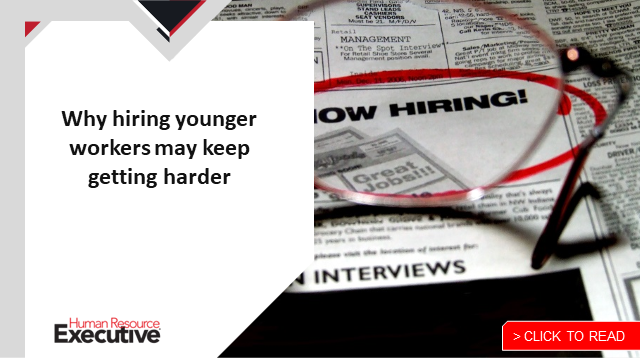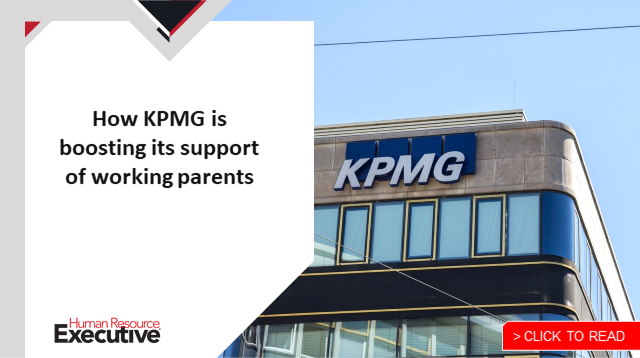In 2022, employers have been navigating the balance between remote and on-site work while striving to understand, recruit, develop and retain Gen Z talent—a demographic with decidedly different perspectives on work and life. While older generations feel Gen Z should focus on “the job at hand,” a recent U.K. study found that Gen Z seeks a workplace culture built on mental health and wellness (42%), purpose (33%) and strong social values (27%).
Though diversity, equity, and inclusion is top of mind for businesses, it’s already integral to the world that many Gen Z grew up in. According to Gallup, one in five Gen Z adults identifies as LGBTQ, and as they enter the workforce, this is important to keep in mind as brands attempt to attract and retain Gen Z talent.
DEI work is meant to create change for a diverse workforce with vast and evolving needs. Successful companies anticipate and respond to changing workplace conditions by refining their DEI approaches to support the evolving needs of their employees. With Gen Z poised to make up one-third of the workforce by 2030, meeting their expectations is an important start.
COVID-19 and a Changing Workplace Shape a Generation
Much of Gen Z entered the workforce for the first time during the COVID-19 pandemic. This experience has helped to shape what is important to them, with top priorities bubbling up including purposeful work, DEI and environmental, social, governance (ESG).
 Gen Z views leadership differently and wants to see what matters to them demonstrated in the ethos and actions of the companies they work for. As a result, leaders should be prepared to be able to talk the talk and walk the walk of showing how they are bridging the gap between business and society—namely, through their DEI work.
Gen Z views leadership differently and wants to see what matters to them demonstrated in the ethos and actions of the companies they work for. As a result, leaders should be prepared to be able to talk the talk and walk the walk of showing how they are bridging the gap between business and society—namely, through their DEI work.
Currently, policies, procedures and practices related to where employees can do their jobs are a major consideration. During the remote-first work posture of the pandemic, many knowledge workers reported more equitable experiences, from improved information and leader access to more flexibility. However, managers must be mindful to understand and compensate for the limitations of managing remotely and the challenges for workers to proactively build networks and experience.
In hybrid work and beyond, employers must work with their employees to strike the correct balance with remote work to ultimately maintain—and enhance—a sense of equity while moving forward.
Be Intentional—and Pay Attention
Oftentimes, this starts with change. But organizations need to be much more intentional in the choices they make when it comes to that change. It’s about assessing policy, procedures and systems for barriers to equity, fairness and accessibility. How can you add value and make an impact? How can you make lasting change rather than transactional change?
Use employee experiences to guide these initiatives. Note the gaps between what is intended and what happens. Take job descriptions, for instance. Can you include more inclusive language? How can you do that systematically and at scale? Consider the signals that are being sent to current and prospective employees via marketing and workplace experiences.
Create a Culture of Psychological Safety, Inclusion and Belonging
Equipping employees with tools to establish better equity is critical, but a truly empowered workforce should be comfortable bringing their whole selves to work each day. Leaders need to reinforce the changes they make with initiatives that create an overall culture of psychological safety, inclusion and belonging.
This can mean establishing processes and protocols that prioritize psychological safety and inclusion in areas such as non-discrimination, non-retaliation, insurance benefits, healthcare, and name and pronoun guidelines. Setting up these rules and guidelines creates a framework to support the vast range of needs and identities in an office setting. This can often be influenced by the information coming out of resource groups, which also help create better access to resources for a range of diverse individuals. Resource groups can be for women, veterans, the LGBTQIA+ community and so much more.
 Larger hiring initiatives can also help consciously welcome employee perspectives into the workplace in a holistic way. Special events, conferences and employee referral programs open the door for diverse candidates, who in turn bring a more diverse set of histories and experiences to the table.
Larger hiring initiatives can also help consciously welcome employee perspectives into the workplace in a holistic way. Special events, conferences and employee referral programs open the door for diverse candidates, who in turn bring a more diverse set of histories and experiences to the table.
One way to really be inclusive is to celebrate tribute month events—and activities year-round—that recognize the resilience and contributions of employee communities. Companies can do a lot to make inclusion a priority, but those that really stand out are companies that do a lot to celebrate their workforce identities. Employees should feel proud of who they are—especially at work.
Make Your Commitment Visible
Throughout any change and cultural shift, visibility and representation matter. Unless there is a proactive effort to demonstrate inclusion, prospective employees have no way of knowing that they will be welcomed, that their uniqueness will be celebrated and their contributions will be valued in the organization.
When diversity is visible, you increase the chances for your employees to experience psychological safety, to share their unique perspectives and to fully embrace the contribution that they are bringing to your organization.
 People want to know when they join a company where they can be their full selves and advance. When Gen Z is applying for jobs and they see people in leadership positions at all intersections of identities, including people like themselves, they know they will be welcome, seen and taken care of.
People want to know when they join a company where they can be their full selves and advance. When Gen Z is applying for jobs and they see people in leadership positions at all intersections of identities, including people like themselves, they know they will be welcome, seen and taken care of.
In that way, DEI is more than my career: It’s been a life-long experience. As a gay and Hispanic man, I live an intersectional life. It’s the experiences of my intersectionality that push me to be an advocate for others. I’m one visible example of what the corporate environment needs to be for Gen Z and for everyone: a place for all people to thrive as their authentic selves.

